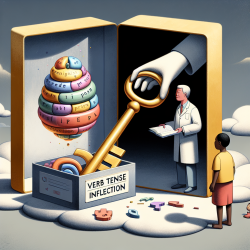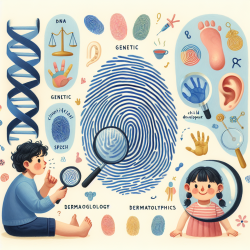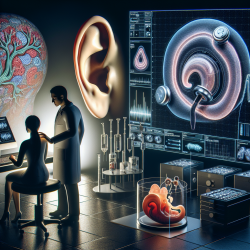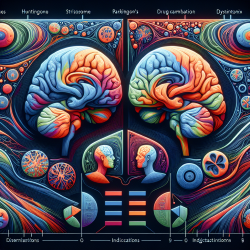Introduction
Imagine a world where children can learn from their past experiences and apply those insights to shape their futures. This is the promise of counterfactual reasoning, a cognitive process that allows individuals to consider alternative outcomes to events that have already occurred. The research article "Cognitive neuroscience of human counterfactual reasoning" by Van Hoeck, Watson, and Barbey provides a comprehensive overview of the psychological and neural mechanisms underlying this fascinating ability.
The Science Behind Counterfactual Reasoning
Counterfactual reasoning involves three key stages: Activation, Inference, and Adaptation. These stages enable individuals to mentally simulate alternative scenarios, draw inferences about what could have been different, and adapt their future behavior accordingly. The research highlights that this process is supported by an integrative network of systems responsible for affective processing, mental simulation, and cognitive control.
Applications in Speech Language Pathology
For practitioners in speech language pathology, understanding and applying the principles of counterfactual reasoning can significantly enhance therapeutic outcomes for children. Here are some practical ways to incorporate these insights:
- Enhancing Language Skills: Encourage children to engage in storytelling activities that involve imagining different endings or outcomes. This can help develop their narrative skills and promote flexible thinking.
- Improving Social Cognition: Use role-playing scenarios to help children understand different perspectives and emotions. This can foster empathy and improve social interactions.
- Supporting Problem Solving: Teach children to consider alternative solutions to problems by asking "what if" questions. This can enhance their critical thinking and decision-making abilities.
Encouraging Further Research
While the current research provides valuable insights, there is still much to learn about the applications of counterfactual reasoning in child development. Practitioners are encouraged to explore further research opportunities in this area, particularly in understanding how counterfactual thinking can be systematically integrated into therapeutic practices for diverse populations.
Conclusion
Counterfactual reasoning is a powerful cognitive tool that can unlock new possibilities for learning and adaptation in children. By incorporating these insights into practice, speech language pathologists can help children develop critical skills that will serve them well throughout their lives.
To read the original research paper, please follow this link: Cognitive neuroscience of human counterfactual reasoning.










